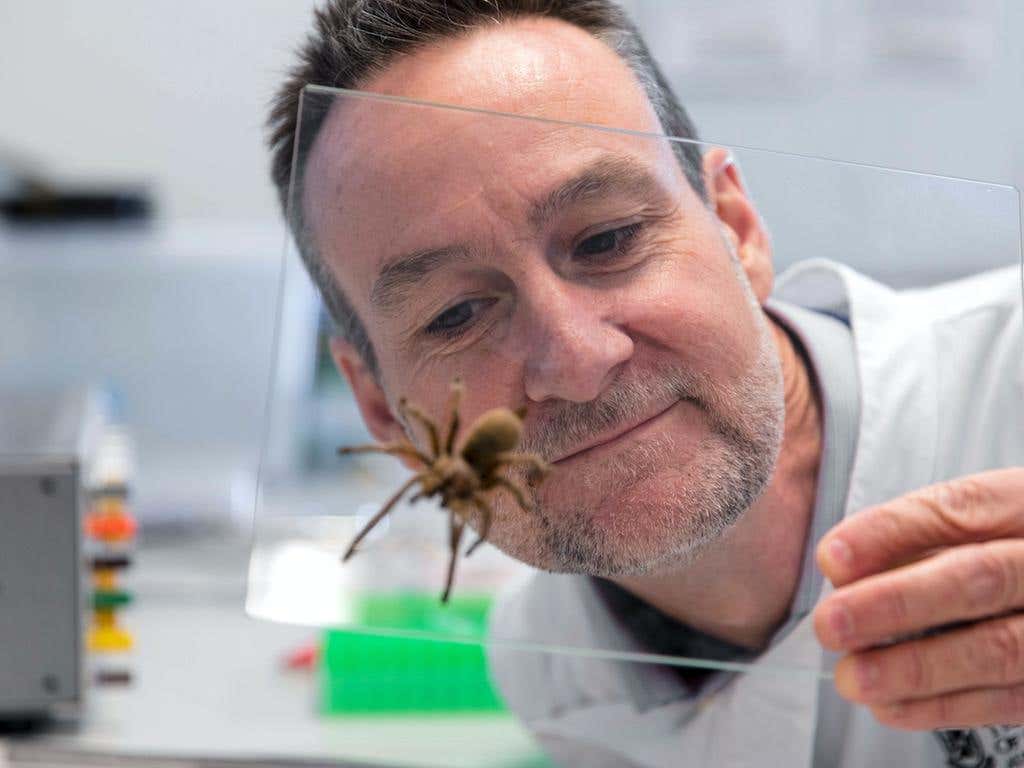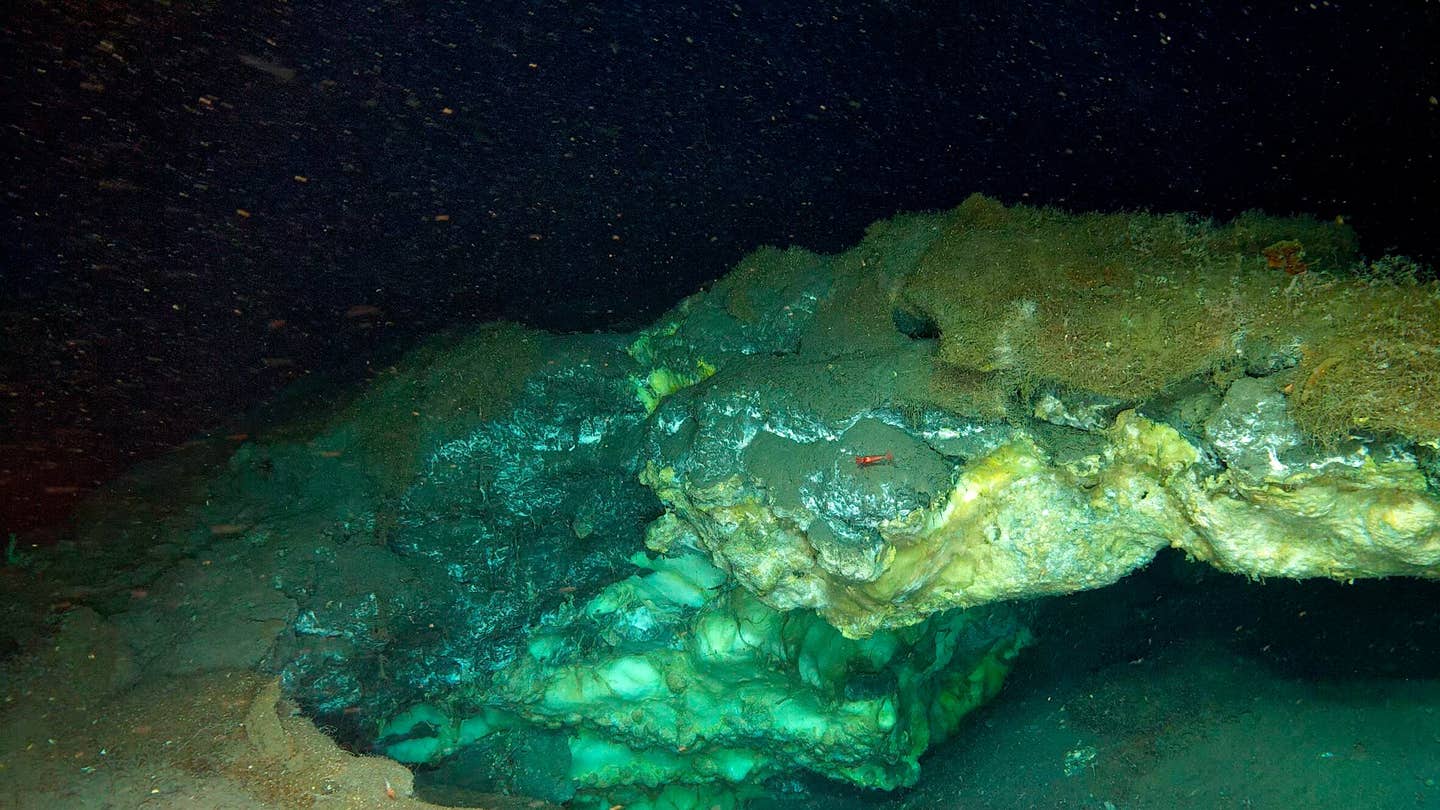Spider venom heart drug trial could revolutionize cardiac medicine
A new drug derived from spider venom could transform heart attack treatment and expand the pool of donor hearts, as human trials begin.

The drug, known as Hi1a, is derived from the venom of the K’gari funnel web spider and has shown promising results in preclinical studies. (CREDIT: University of Queensland)
A breakthrough new drug that could transform the treatment of heart attacks and protect donor hearts is set to enter clinical trials, marking a significant step in cardiovascular medicine.
This ambitious project, spearheaded by the University of Queensland (UQ), has been awarded $17.8 million in funding from Australia’s Medical Research Future Fund (MRFF) to support a four-year clinical trial. The drug, known as Hi1a, is derived from the venom of the K’gari funnel web spider and has shown promising results in preclinical studies.
Led by UQ’s Institute for Molecular Bioscience (IMB), the trial will test Hi1a’s effectiveness in preventing heart damage caused by a lack of oxygen during heart attacks or when donor hearts are retrieved for transplantation. The hope is that Hi1a will significantly improve outcomes for heart attack survivors and expand the pool of viable donor hearts.
Professor Glenn King, a key figure behind the research, explained the urgency of this effort. “Our team showed that in animal models, Hi1a protects the heart from damage sustained due to lack of oxygen during a heart attack or during donor heart retrieval,” he said. With this latest round of funding, the team is now able to move forward with human trials to test a smaller version of the peptide as a drug.
Success in these trials could bring sweeping changes to cardiac care, particularly for those suffering heart attacks or awaiting heart transplants. As King pointed out, “If successful, it will improve patient survival and quality of life, dramatically expand the pool of donor hearts available for transplantation, and significantly reduce healthcare costs.”
Heart disease remains the leading cause of death in Australia, making the development of new treatments a top priority. Associate Professor Nathan Palpant, who led studies on Hi1a’s efficacy, highlighted the burden of coronary heart disease.
“Almost 60,000 Australians are hospitalized with a heart attack every year, and 7000 will not survive,” Palpant said. Of those who survive, a quarter will develop heart failure within a year, a debilitating condition for which heart transplants are the only cure.
Related Stories
However, the availability of donor hearts is limited. One major challenge is the damage sustained by hearts during the retrieval process, which often renders them unusable for transplantation. “Despite the huge socioeconomic burden of heart attack and heart failure, there is not a single drug to limit the loss of heart cells during an attack or to protect donor hearts,” said Palpant. The team hopes Hi1a will be the breakthrough solution that fills this gap.
The potential impact of Hi1a extends beyond just saving lives. Expanding the donor heart pool could alleviate a worldwide shortage, giving more patients access to life-saving transplants. Currently, the number of viable hearts available for transplantation is insufficient to meet demand, partly due to damage incurred during the retrieval process.
The clinical trials will involve collaboration among several prestigious research institutes and hospitals, including the Victor Chang Cardiac Research Institute, the Baker Heart & Diabetes Institute, and hospitals in Sydney, Melbourne, and Brisbane. This multidisciplinary approach ensures that the project benefits from a wide range of expertise, from molecular bioscience to clinical care.
Brisbane-based biotech company Infensa Bioscience, where both King and Palpant hold leadership roles, is also involved in the project. Infensa’s role highlights the importance of collaboration between academic researchers and the biotech industry in translating scientific discoveries into practical treatments.
Hi1a’s journey from lab discovery to human trials represents years of dedicated research. Published studies, including those in The European Heart Journal, have shown that Hi1a passed critical preclinical tests, marking an important milestone toward its use as a therapeutic option. The drug was initially investigated for its potential to treat stroke, another condition where oxygen deprivation causes significant damage to tissue, but its application to heart disease has become a primary focus.
What makes Hi1a so promising is its unique origin. The peptide comes from the venom of the K’gari funnel web spider, a species known for its potent venom. While the idea of using venom to treat heart attacks might sound unusual, researchers have long explored nature’s toxins for their potential medical benefits. In this case, the venom-derived peptide has been shown to protect heart cells from dying in the absence of oxygen, a critical factor during heart attacks and donor heart retrieval.
Should Hi1a prove successful in human trials, it would mark the first drug to prevent heart damage during a heart attack, fundamentally changing how doctors approach treatment.
Currently, there is no medication specifically designed to protect the heart during an attack, despite the enormous toll that heart disease takes on public health. “Our team hopes to change this,” said Palpant, expressing the researchers’ collective ambition to deliver a life-saving treatment where none currently exists.
As clinical trials progress, the research team remains optimistic about the future of Hi1a. The development of this drug represents a major leap forward in addressing two critical challenges: the lack of treatments for heart attack survivors and the shortage of donor hearts.
If successful, Hi1a could improve survival rates, quality of life, and reduce the long-term economic burden on healthcare systems, benefiting countless individuals worldwide.
Note: Materials provided above by The Brighter Side of News. Content may be edited for style and length.
Like these kind of feel good stories? Get The Brighter Side of News' newsletter.



